Fed keeps rates near zero as economy struggles to recover from pandemic
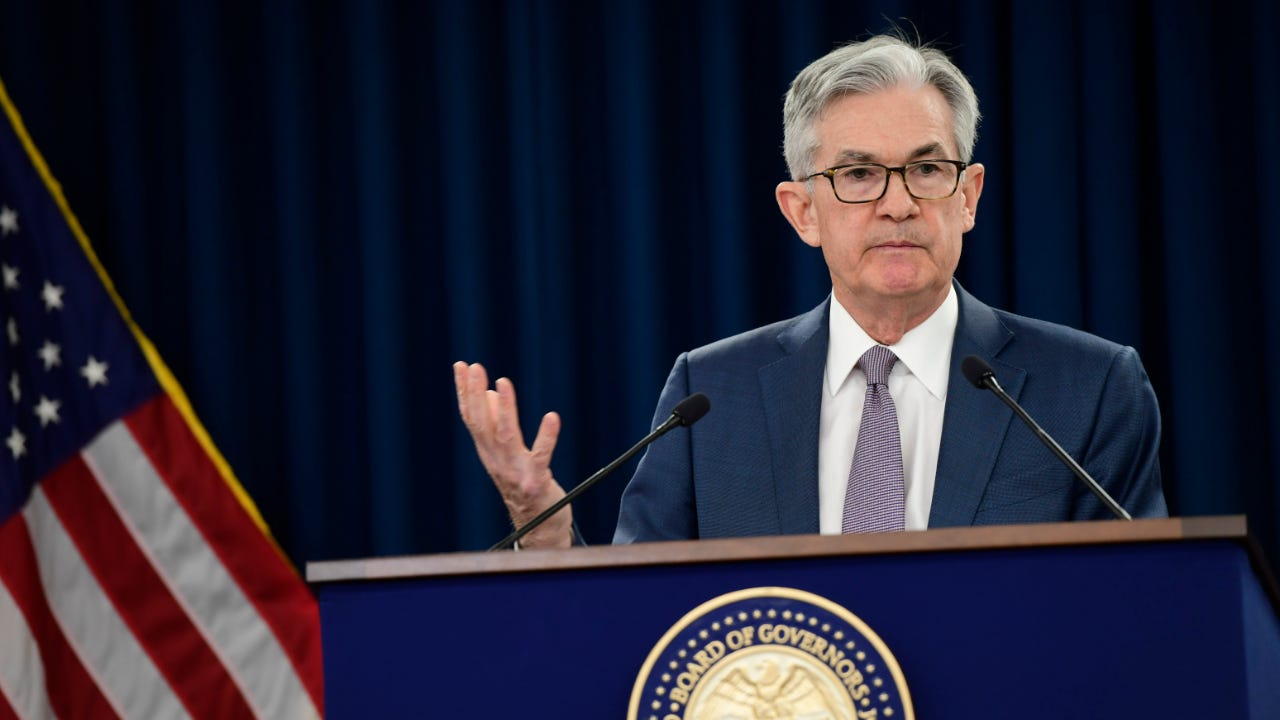
The Bankrate promise
At Bankrate we strive to help you make smarter financial decisions. While we adhere to strict , this post may contain references to products from our partners. Here's an explanation for .
The Federal Reserve made no changes to interest rates Wednesday and acknowledged a slowing economic recovery from the coronavirus pandemic, downplaying any urgency to bring borrowing costs back up from their lowest levels in history as vaccines offer a light at the end of the tunnel.
The U.S. central bank’s rate-setting Federal Open Market Committee (FOMC) kept its key borrowing benchmark in its current target range of 0-0.25 percent, where it’s been for nearly a year, after officials rushed to slash rates to near zero at the start of the outbreak last March.
Known as the federal funds rate, the Fed’s interest rate matters for consumers because financial firms use it when deciding the price of short-term borrowing on consumer loan products, such as auto loans and credit cards. Banks also keep it in mind when setting yields on savings accounts and certificates of deposit (CDs).
Also notable, the Fed reiterated its vow to keep buying assets at “at least” its current pace of $120 billion a month. Those moves influence rates at the longer-end of the curve and have helped propel a housing market boom, mobilizing consumers to lock in historically low mortgage rates through home buying or refinancing. Officials also acknowledged that a resurgence in virus cases has tapped the brakes on the labor market’s rebound.
“The pace of the recovery in economic activity and employment has moderated in recent months, with weakness concentrated in the sectors most adversely affected by the pandemic,” officials wrote in their post-meeting statement.
When it comes to the Fed’s zero-rate commitment, consumers can infer that it means the same story will prevail for months, if not years, to come: The cost of taking out a loan will be at its cheapest in decades, while savings yields will be next to nothing (though higher rates can be found if you shop around).
“With the recovery slowing, the Fed is a long, long way from raising interest rates or dialing back any of their accommodation,” says Greg McBride, CFA, Bankrate chief financial analyst. “Notable was what the Fed removed from their statement. By removing references to the ‘near term’ and ‘medium term’ risks, it is clear the fallout of the pandemic will weigh on the economy for an unknown period of time.”
Economy’s rebound hits a fork in the road
Fed officials’ coronavirus firefight is nowhere near the end of the road, but there are a number of different directions the economy could take at this point, with the best-case scenario being a bustling rebound because of the coronavirus vaccine and fiscal stimulus.
Since officials last gathered, legislators passed a supplemental $900 billion coronavirus relief bill, a last-ditch effort to close out the year with a second round of $600 (or more) stimulus checks to most middle-income Americans, enhanced unemployment benefits and another round of forgivable small business loans.
More fiscal stimulus has been Federal Reserve Chairman Jerome Powell’s rallying cry for months, particularly after a $600 weekly boost to unemployment checks expired at the end of July, leaving jobless Americans with substantially less income and the financial system starving for consumer spending. Powell, on numerous occasions, has stressed that the cost of not spending enough on the crisis far outweighs the costs of spending too much.
President Joe Biden’s new administration is also pushing for an extra $1.9 trillion to help hard-hit Americans make it through what’s bound to be a harsh winter. If passed, the package would send a third round of $1,400 direct payments, boost unemployment benefits by an extra $400 a week, send aid to state and local governments and allocate funding toward vaccine production and delivery.
A game changer in the pandemic firefight, two coronavirus vaccines hit the market at the end of December, offering a glimmer of hope for the retailers and restaurants who’ve borne the brunt of the pain from lockdowns and shifting consumer spending patterns. But that rollout has been plagued with delays and supply bottlenecks. Biden underscored during an address on Tuesday that the vaccine might not be available to most Americans until this summer or fall, even as his new administration works to hit his goal of distributing 100 million vaccines in his first 100 days.
All of that means there’s still plenty of opportunities for the economy to hit a snag. The economy can’t make a full snapback unless the virus is under control — and the longer the pandemic-induced downturn lasts, the more perilous the situation is for businesses and consumers.
Highlighting the vaccine’s economic significance, the Fed mentioned in its post-meeting statement that the recovery will depend both on the path of the virus and also on the pace of inoculations.
“There is nothing more important to the economy now than people getting vaccinated,” Powell said during a post-meeting press conference with journalists.
Fed locked in at zero as labor market struggles
The economy lost 140,000 jobs in December, the first decline since the recovery began back in May, and the number of Americans applying for new jobless benefits in recent weeks has climbed to its fastest pace since March. While joblessness has fallen since the pandemic first began, some 4 million workers have also dropped out of the labor force, meaning the decline in the overall unemployment rate might be for all of the wrong reasons.
Powell and Co. stressed that the labor market is going to need continued support from monetary policy, which includes keeping interest rates lower for longer than any former U.S. central bank has after a downturn. That’s partially because officials are adopting a new policy strategy that involves abandoning preemptive rate hikes to keep inflation in check. While the Fed started hiking rates once joblessness hit about 5 percent after the financial crisis, that threshold is now unlikely.
“The economy is a long way from our employment and inflation goals and it is likely to take some time for substantial further progress to be achieved,” Powell said, adding that the Fed would increase its accommodative economic measures through a “lower expected path of the federal funds rate and a higher expected path of the balance sheet” if progress toward its main goals were to slow.
“Forecasts will become brighter for the economic outlook in 2021, but the Fed is reliant on actual data,” says Odeta Kushi, deputy chief economist for First American Financial Corporation. “They’re keeping things the same because the economy warrants that.”
Rates at zero for the foreseeable future and the odds for greater fiscal stimulus have led to soaring asset prices across the spectrum — from home values to cryptocurrencies and stocks. Experts have long warned that the Fed’s ultra-low rate policy sends market participants down riskier investing paths in search of higher returns. Powell said monetary policy isn’t to blame for the recent run up and declined to comment on investors’ latest craze: trading GameStop stock. He also added that the Fed was unlikely to come to the rescue over financial stability concerns regarding asset valuations.
“If you raise interest rates and thereby tighten financial conditions and reduce economic activity in order to address asset bubbles and things like that, will that even help?” Powell asked. “Will it actually cause more damage? That’s unresolved.”
“Investors are looking to justify their increased risk taking, and monetary policy is a good scapegoat there,” says Aaron Anderson, senior vice president of research at Fisher Investments. “What we’re seeing is more consistent with us being in a later phase of the market cycle where investors are getting more and more optimistic, looking in nicher and nicher parts of the market. Ultimately, that ends in tears.”
“I don’t think the Fed was ever the one who was going to bail us out from working through those excesses,” Anderson added.
What this means for you
Consumers should take away from the Fed’s latest meeting that the central bank is much more worried about the economy stalling out than overheating. Prepare for any hardship by taking steps you already know are important: cutting back on expenses as much as possible and boosting your emergency savings. Experts typically recommend accounting for six months’ worth of an individual’s expenses.
While CD and savings yields have come down dramatically since the start of the coronavirus crisis in March, consumers can still find options on the market that are higher than that of a traditional brick-and-mortar bank. But remember: Parking your cash isn’t necessarily about making a return; it’s about safeguarding your finances. Make sure your emergency fund is in a liquid and accessible account.
After you’ve already built up an emergency fund, it’s important to prioritize paying off debt, particularly high-cost debt, such as credit card borrowing. Consumers have low rates on their side, meaning payments they make should go farther today on their principal balance than they would’ve a few years ago.
Others will benefit from shopping around for the most competitive rates on savings and loan products, particularly homeowners considering refinancing their mortgage.
The 10-year Treasury yield topped 1 percent for the first time since March and has since held in the 1 percent range, prompting mortgage rates to rise slightly. But experts don’t see the picture changing all that much.
“With the Fed’s continued pouring of liquidity into markets, we can expect mortgage rates to remain near historic lows,” Kushi says.
Americans facing hardship or job loss should also reach out to any lenders or firms they regularly pay a bill to, to see if they can work out some sort of forbearance program. Consumers who’ve taken a hit from the crisis have two key forbearance programs to take advantage of: one if they’re a homeowner with a federally backed mortgage and a second if they have a federal student loan.
At this point, however, most of the actions with a direct line to your wallet will come from lawmakers on Capitol Hill. Keep an eye on where things stand regarding the Biden administration’s fiscal stimulus package, but still prepare your finances in case there isn’t any more help on the way soon.
“The immediate challenges confronting the economy are evidenced by declining retail sales, business failures, job losses, and rising long-term unemployment,” McBride says. “The Fed’s focus remains squarely on the downside economic risks and they’ll err on the side of over-accommodation.”
Learn more:
- Winners and losers from the Fed’s latest decision
- 3 ways savers can handle falling interest rates
- Here’s what to do if you’re still jobless by the time your coronavirus unemployment benefits run out
Related Articles
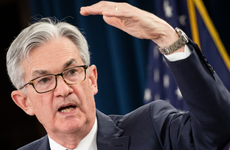
Fed keeps rates at near-zero, says economy has made progress
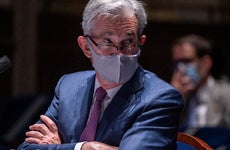
Fed leaves rates alone, says economy will ‘depend significantly on the course of the virus’
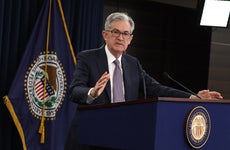
Fed expects to hold rates near zero until economy has weathered ‘severe’ virus effects
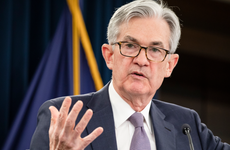
Fed keeps rates near zero with bounce back from pandemic in sight